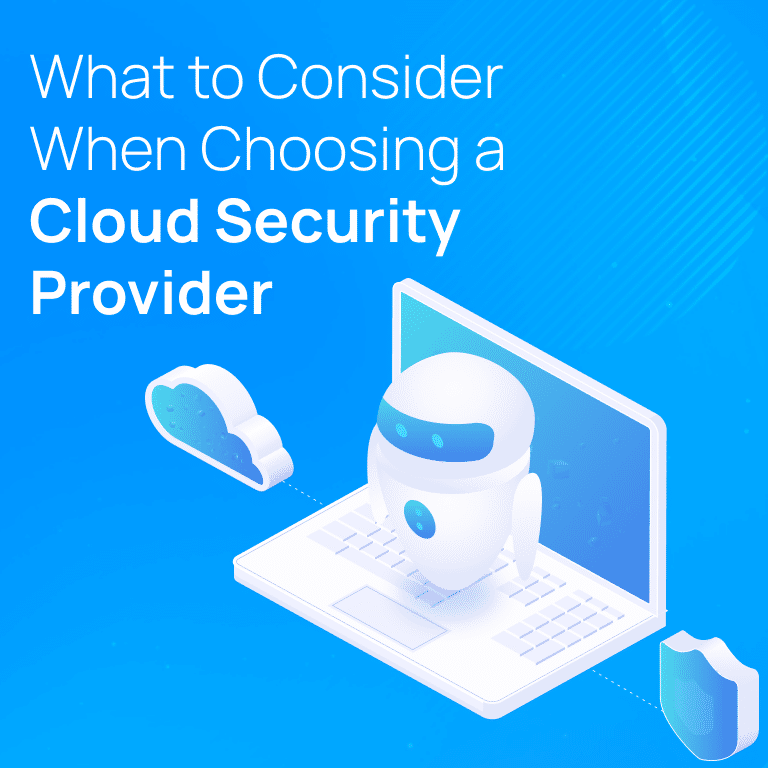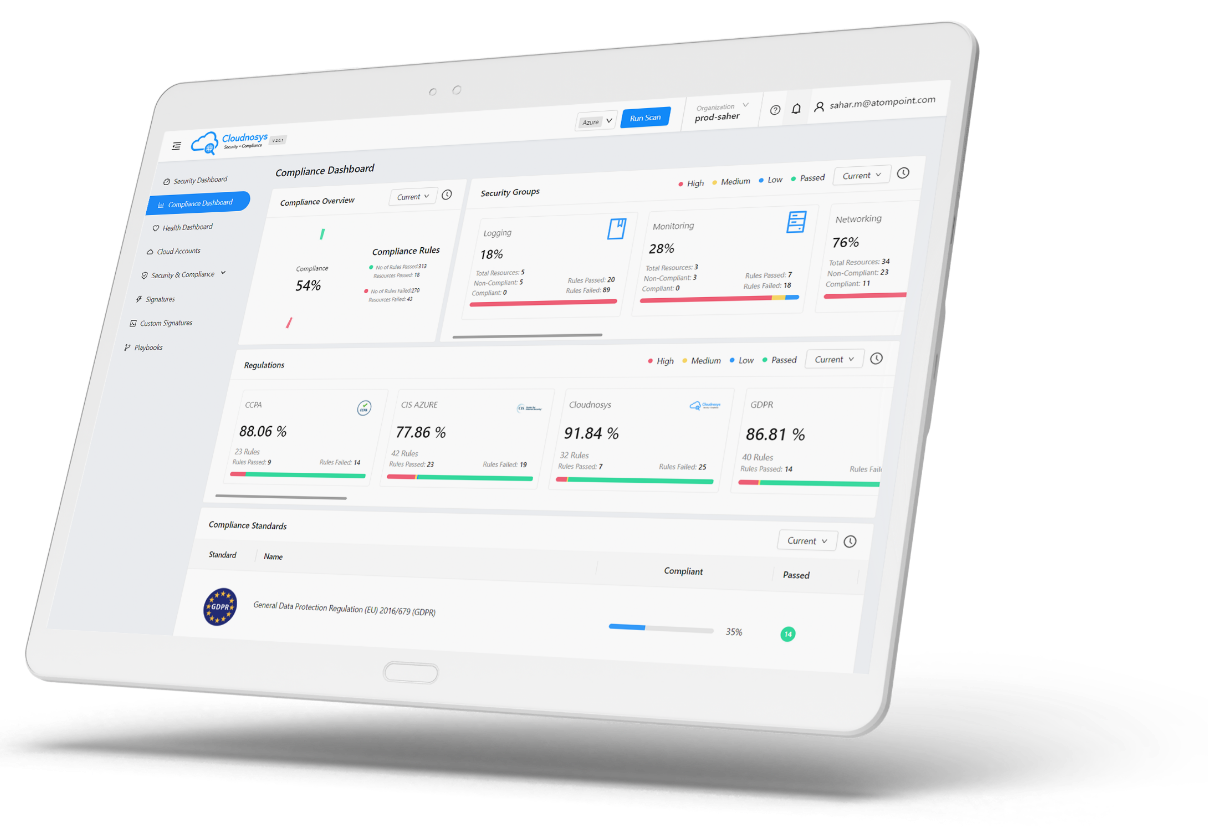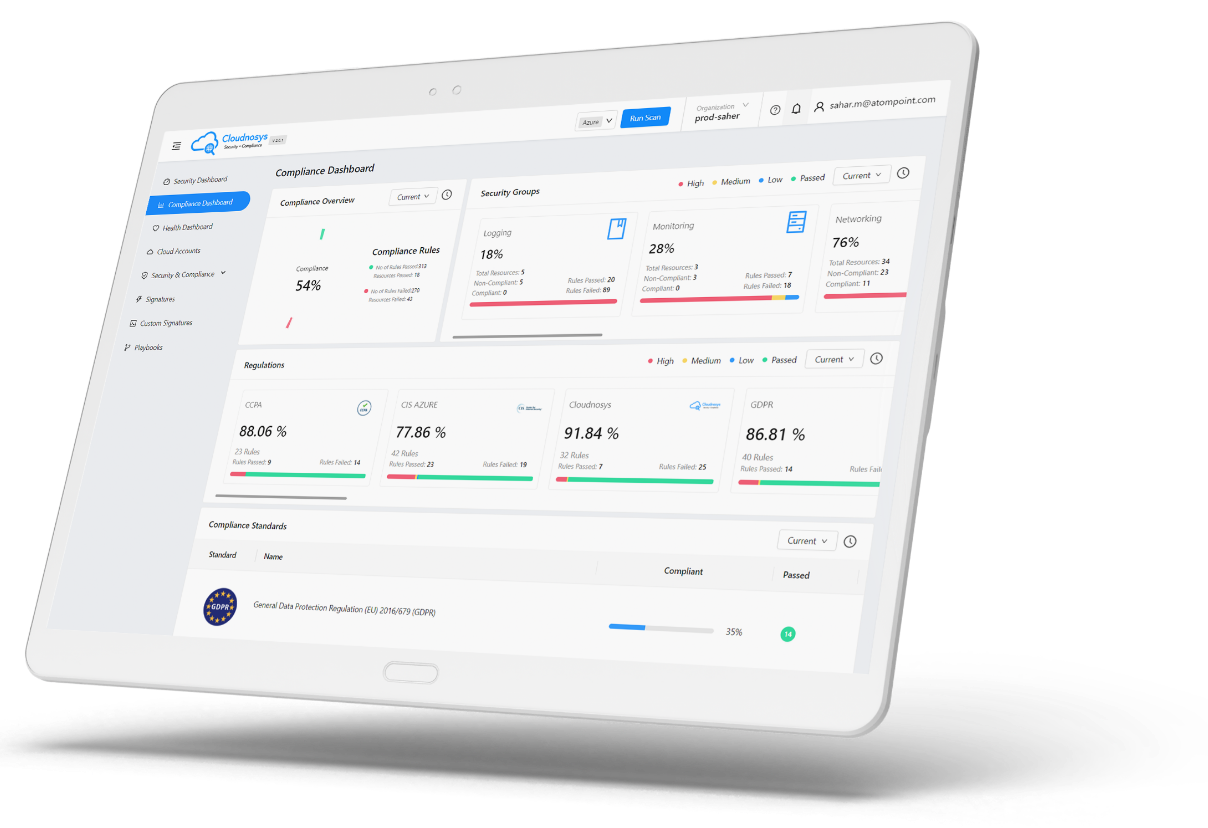Cloud computing has revolutionized how businesses operate, offering scalability, flexibility, and cost efficiency. But with these benefits come new challenges—most notably, the rise in cyber threats targeting cloud environments. Cloud security incidents, such as data breaches, malware attacks, and unauthorized access, can have devastating consequences.
Reacting quickly and effectively to these incidents isn’t just a technical requirement; it’s a business-critical capability. In this comprehensive guide, we’ll explore everything you need to know about cloud security incident response, from understanding common threats to building an effective response plan tailored to your organization.
Why Cloud Security Incident Response is Critical
Why is cloud security incident response so important? The answer lies in modern cyber threats. Attacks on cloud infrastructure can compromise sensitive data, disrupt operations, and tarnish a company’s reputation.
For instance, delays in responding to an incident can lead to prolonged downtime, regulatory penalties, and significant financial losses. Having a well-prepared incident response strategy minimizes the damage and ensures business continuity. Simply put, the faster you respond, the less impact an attack will have.
Common Cloud Security Threats
Before diving into how to handle incidents, it’s essential to understand the types of threats you might face. Here are some of the most common ones:
Malware and Ransomware
These threats can infiltrate your cloud environment through phishing emails, infected files, or compromised applications. Once inside, ransomware may encrypt critical data, demanding a ransom for decryption keys.
Unauthorized Access
Unauthorized access occurs when attackers exploit weak passwords, poor identity management, or misconfigured settings. Once inside, they can steal data or cause operational havoc.
Data Breaches
In a cloud environment, data breaches often stem from vulnerabilities such as unpatched software, insecure APIs, or insider threats. The exposed data can lead to financial and legal consequences.
Denial of Service (DoS) Attacks
DoS attacks flood a system with traffic, rendering it unusable. For cloud environments, these attacks can disrupt multiple services simultaneously, affecting customer experience and revenue.
What is a Cloud Security Incident Response Plan?
A cloud security incident response plan is a structured framework that outlines how an organization identifies, manages, and recovers from security incidents. Think of it as a roadmap guiding your team during a cyber crisis.
This plan ensures that everyone knows their roles and responsibilities, that communication flows seamlessly, and that recovery happens as quickly as possible. A well-documented plan is not a luxury—it’s a necessity for businesses operating in cloud environments.
Key Components of a Cloud Security Incident Response Plan
Preparation
Preparation is the foundation of effective incident response. This stage involves:
- Developing policies and procedures.
- Equipping teams with necessary tools and training.
- Conducting risk assessments to identify vulnerabilities.
Detection and Analysis
Timely detection of threats is crucial. Utilize monitoring tools like Security Information and Event Management (SIEM) systems to detect anomalies. Once an incident is identified, analyze its scope, origin, and potential impact.
Containment
Containing the incident prevents it from spreading. For example, isolating compromised systems or accounts can limit the damage while your team investigates further.
Eradication
Eradication involves removing the root cause of the incident, such as deleting malware, patching vulnerabilities, or revoking unauthorized access.
Recovery
After resolving the issue, it’s time to restore normal operations. Verify that systems are secure and data integrity is intact before resuming activities.
Lessons Learned
Every incident is an opportunity to learn. Conduct a post-incident review to identify weaknesses and improve your response plan for future threats.
The Role of Automation in Incident Response
Automation plays a significant role in speeding up incident response. Tools like SOAR (Security Orchestration, Automation, and Response) integrate multiple security technologies to:
- Automate threat detection and containment.
- Reduce response times.
- Minimize human error.
For example, automation can isolate compromised systems automatically, send alerts, and initiate predefined workflows, allowing your team to focus on strategic decisions.
Steps to Create an Incident Response Plan
Assess Your Cloud Environment
Understand your cloud architecture, including assets, data flows, and potential vulnerabilities. Regular audits are essential to stay updated on new risks.
Define Roles and Responsibilities
Clear roles ensure accountability during an incident. For example, designate who will communicate with stakeholders and who will handle technical remediation.
Establish Communication Protocols
Effective communication is critical. Develop protocols for notifying internal teams, external partners, and regulatory authorities when an incident occurs.
Conduct Regular Training and Drills
Regular training keeps your team sharp. Simulate scenarios to test their readiness and identify gaps in your response strategy.
Update the Plan Regularly
Cyber threats evolve constantly. Review and update your response plan at least annually—or more frequently if major changes occur in your cloud environment.
Best Practices for Cloud Security Incident Response
- Adopt Multi-Factor Authentication (MFA): Prevent unauthorized access by requiring multiple authentication factors.
- Encrypt Data: Protect sensitive information during transmission and storage.
- Partner with Providers: Leverage the expertise and tools offered by cloud service providers.
- Monitor Continuously: Use advanced monitoring tools to detect and mitigate threats in real-time.
Challenges in Cloud Security Incident Response
Handling incidents in cloud environments comes with unique challenges:
- Multi-Cloud Complexity: Managing incidents across multiple cloud providers requires coordination.
- Regulatory Compliance: Different jurisdictions have different reporting requirements.
- Evolving Threats: Cybercriminals constantly develop new attack vectors, requiring organizations to stay vigilant.
Partnering with Cloud Providers for Incident Response
Cloud providers are your allies in securing your environment. Many offer built-in security tools, such as:
- Threat detection systems.
- Incident response templates.
- 24/7 security support.
Collaborating with providers ensures a quicker, more effective response to incidents.
Real-Life Examples of Incident Responses
Case Study: Data Breach in a Healthcare Company
A healthcare provider experienced a data breach due to a misconfigured database. Their incident response team quickly detected the issue, isolated the affected server, and worked with their cloud provider to resolve vulnerabilities. Lessons learned included stricter access controls and regular configuration reviews.
Case Study: Ransomware Attack on a Retailer
A retailer faced a ransomware attack that encrypted customer data. Automation tools detected the malware early, and the organization’s response plan helped them recover encrypted files without paying the ransom.

Tools and Technologies for Incident Response
- SIEM Systems: Collect and analyze security data in real-time.
- Endpoint Protection Platforms: Safeguard devices connected to your cloud.
- Threat Intelligence Platforms: Provide insights into emerging threats.
- Backup Solutions: Ensure data can be restored quickly after incidents.
FAQs: Cloud Security Incident Response
What is the first step in responding to a cloud security incident?
The first step is detection. Use monitoring tools to identify suspicious activity and confirm the incident.
Why is a response plan necessary for cloud environments?
Cloud environments are complex and require specific strategies to mitigate risks and ensure compliance.
How can automation improve response times?
Automation tools quickly detect and contain threats, reducing manual intervention and minimizing impact.
What should I do after a cloud security incident?
Conduct a post-mortem analysis to identify gaps in your response and strengthen your plan.
Can small businesses afford robust incident response measures?
Yes, many cloud providers offer affordable, scalable security tools tailored to small business needs.
Conclusion
Cloud security incidents are an inevitable reality, but your response to them determines their impact. By implementing a robust incident response plan, leveraging automation, and following best practices, your organization can mitigate risks, ensure compliance, and recover quickly. Remember, preparation is the key to staying ahead in the ever-changing landscape of cloud security.

Provided by Cloudnosys










